All about planting a pumpkin
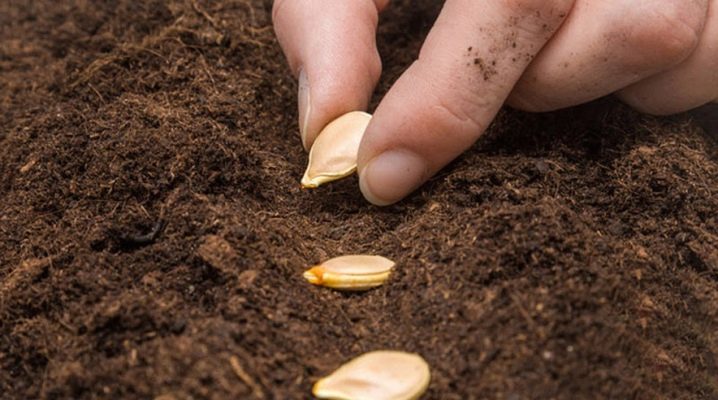
Pumpkin is one of the plants that many gardeners grow on their plots. To increase the yield of a crop, the latter need to know the peculiarities of planting seeds and seedlings.
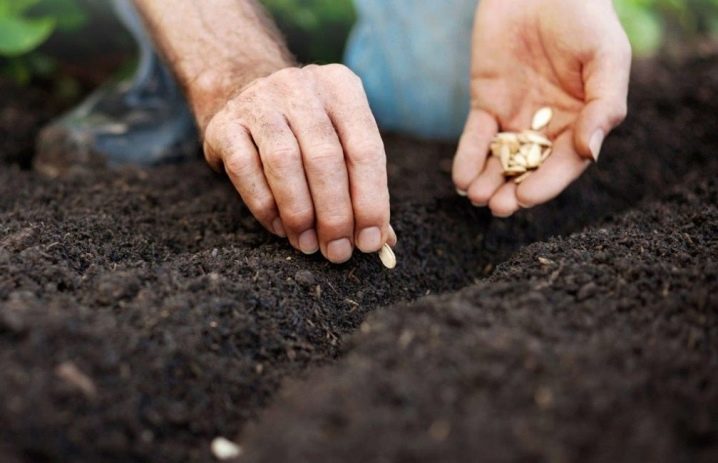
Timing
It is very important to choose the right time for planting the pumpkin. This culture is thermophilic. Therefore, before sowing, the gardener needs to wait for warming. It is worth planting a pumpkin only after the temperature rises to 20-22 degrees. It is very important to make sure that there will be no frost during this time.
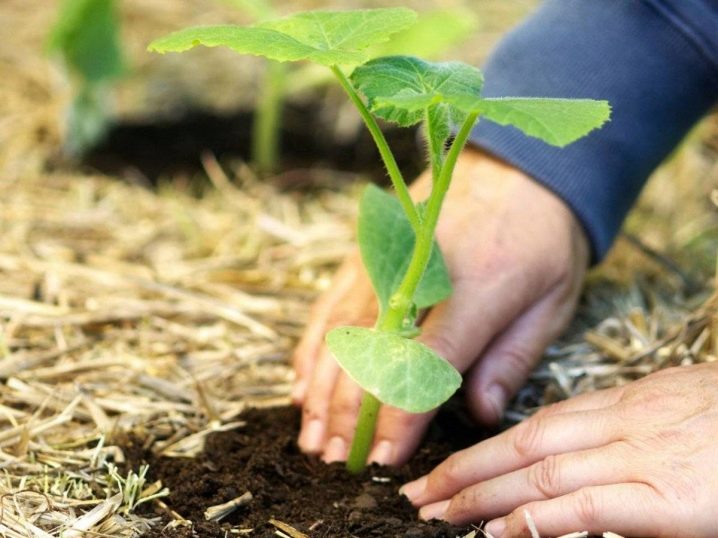
Planting time for pumpkin depends largely on the characteristics of the local climate. So, in the Moscow region and the Leningrad region, this is done in the second half of May, in the Urals and in other cold regions - in the first weeks of June. In the southern part of the country, seeds can be planted as early as April. Seedlings should be planted in cups about a month before moving to open ground. During this time, she manages to grow up to the desired size and get stronger.
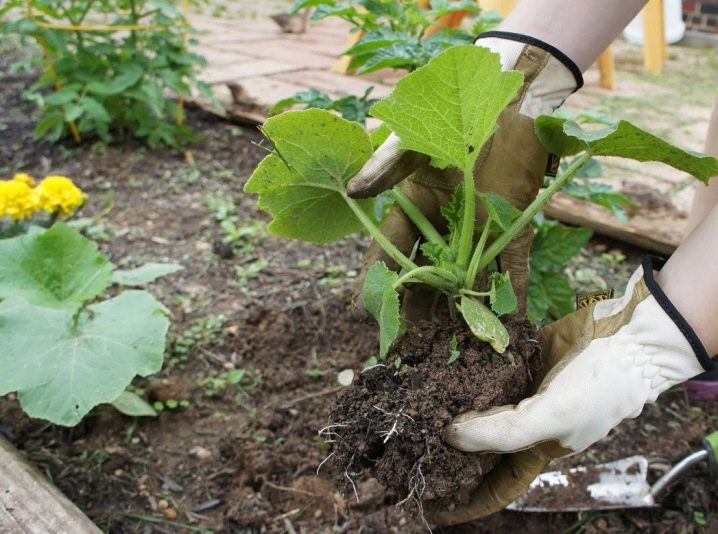
You can also check the lunar calendar before planting your pumpkin. It indicates both favorable days for such a procedure, and the time when it is not worth planting seeds or seedlings.
Where to plant?
Before sowing the pumpkin, it is very important to make sure that the chosen location is really suitable for the crop.
The soil
First you need to pay attention to the quality of the soil. It should be fertile and loose. To speed up the growth of the pumpkin and improve the quality of the crop, the beds should be fertilized with manure in the fall. At the same time, the site must be cleared of plant debris and dug up. Weeds and foliage can be embedded in the soil.
In the spring, the beds are dug up again. If the soil on the site is poor, at this time it can be additionally fertilized with fertilizing with nitrogen. After that, the area must be well leveled with a rake.
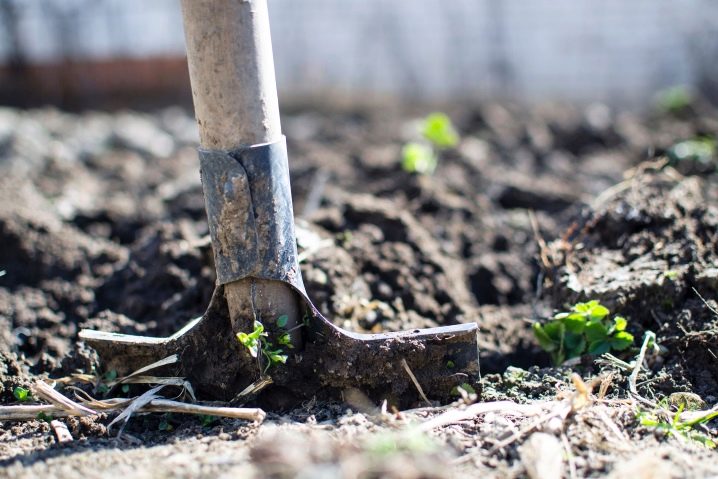
A place
It is recommended to plant a pumpkin in a well protected area from the wind. Pumpkin is a light-loving plant. But, if she is a little shaded, it will slightly harm her. Some gardeners prefer to plant these plants next to a high wall, fence or tree. In this case, the pumpkin will be able to trudge upward as it develops.
Crop rotation also plays an important role. Pumpkins can be planted after any crops except squash and cucumber.

In addition, you should not place this culture in one place for several years in a row. To increase yields, pumpkin is usually planted in the garden the next year after legumes, carrots, potatoes, and onions.
When choosing a place for planting a pumpkin, you should also take care of choosing suitable neighbors for it. Melon and other melons can be grown near this crop. Garlic, cabbage and tomatoes grow well there. It is not recommended to place zucchini or squash next to it. This can lead to cross-pollination of plants.
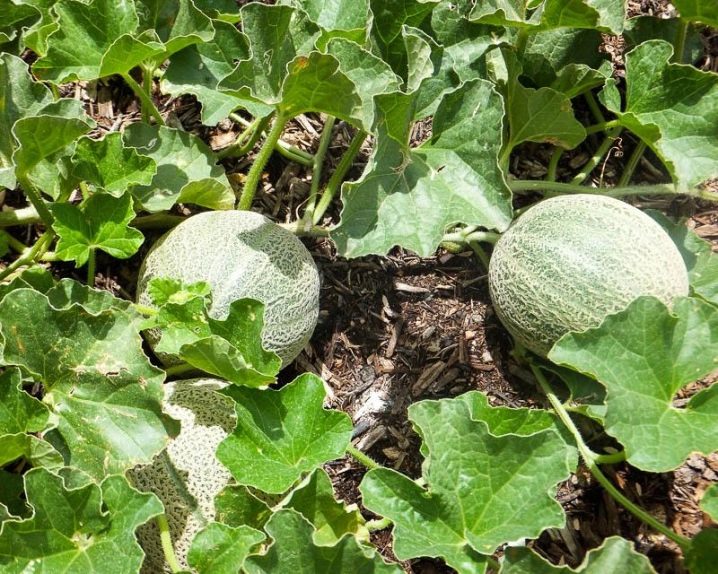
Seed preparation
Use fresh, healthy seeds to plant your pumpkin. Before sowing, they must be pre-treated. This process consists of several basic steps.
Soak
First you need to assess the quality of the planting material. For planting, use only large grains of the same size. Their "peel" should be dense. There can be no stains or traces of rot on their surface. Having visually assessed the quality of the seeds, it is worth placing them in a container with a saline solution. Those that come up are worth throwing away. The rest must be rinsed under running water and dried.

Further, it is recommended to soak them in warm water or a solution that stimulates the development of roots. You can use either a purchased product or a regular ash infusion. Usually the seeds are left in the container overnight. If you skip this step, the first shoots on the site will appear much later than expected.
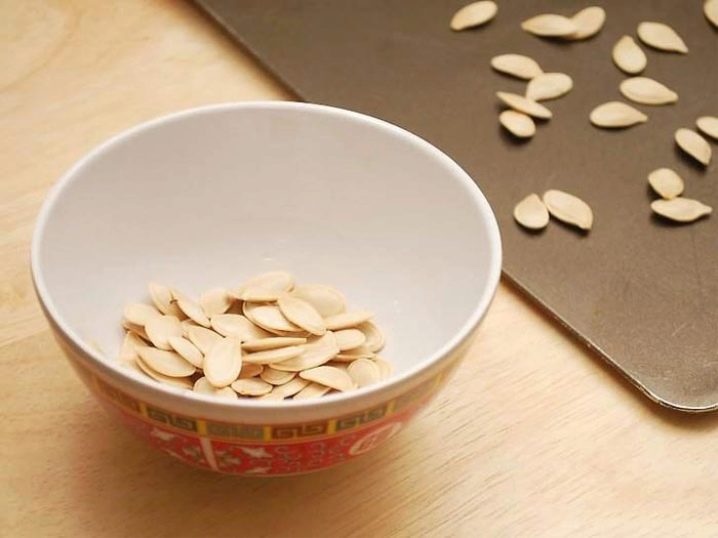
Germination
Pumpkin seeds can also be germinated additionally. To do this, they are wrapped in cloth or gauze folded several times, and then sprayed with warm water. In this form, the seeds are moved to a warm place. Usually they are placed next to some kind of heating device. As a rule, seeds hatch under such conditions after 2-3 days.
It is also recommended to harden the planting material before planting the pumpkin outdoors in cold regions. To do this, the seeds wrapped in cloth are placed in the refrigerator for 4–5 days. This simple procedure makes plants resistant to cold.
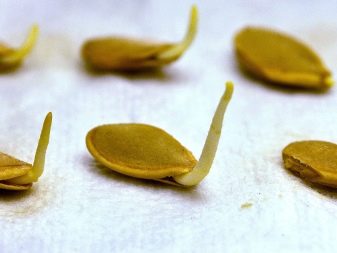
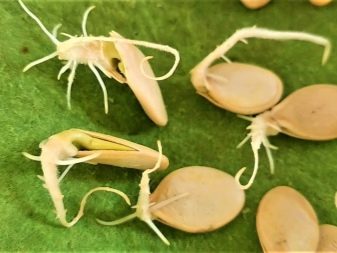
Landing scheme and technology
The process of planting pumpkin seeds in open ground looks very simple.
- First you need to dig small holes on the site. The average distance between individual plants is two meters, between rows is one meter. If purchased seeds are used for planting, the package indicates what should be the gap between the bushes.
- Further, the soil should be disinfected by spilling with boiling water or a solution of "Fitosporin". This helps protect plants from many common diseases.
- After that, 2-3 seeds should be placed in each hole. This will help increase seed germination. Over time, excess shoots can be removed from the site.
- Seed holes should be sprinkled with a thin layer of soil. Next, it must be carefully tamped.
- To protect from the cold, the beds can be covered with a transparent film. It will be possible to remove it immediately after the first shoots appear. This usually happens 7-8 days after sowing.
- When the first green shoots appear on the site, they must be carefully removed.
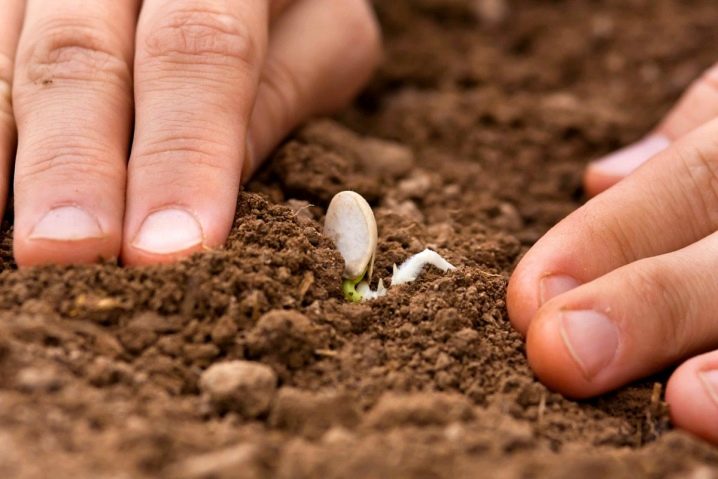
Seedlings are recommended to be cut with a sharp knife, and not pulled out. This is done in order not to damage the roots of the remaining plants.
Before planting in open ground, seeds can be pre-germinated in separate containers. For growing seedlings, it is best to use peat pots or plastic cups. The fact is that the pumpkin does not tolerate a pick. If in the process of transplanting young seedlings to damage their roots, they may well die.
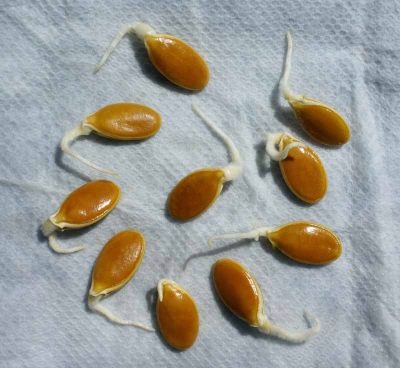
The process of growing seedlings consists of several main stages.
- Preparation. Seeds must be soaked and germinated before planting. Seedling containers should be filled with soil. You can do it yourself. For this, humus and sawdust are mixed in equal proportions. After that, twice as much peat is added there. You can also buy ready-made seedling soil at any gardening store.
- Landing. You also need to plant the seeds correctly. The depth of the holes should not be very deep. The seeds are placed in a container with the sharp end down. Sprinkle them on top with a thin layer of nutritious soil.
- Care. It is quite easy to care for your pumpkin seedlings. From time to time it needs to be watered with warm water. It is worth remembering that excess moisture negatively affects the condition of young seedlings. After a week and a half, the seedlings can be fed. For this, liquid nitrogen-containing fertilizers are used. Containers with young bushes should be located on a windowsill or balcony.
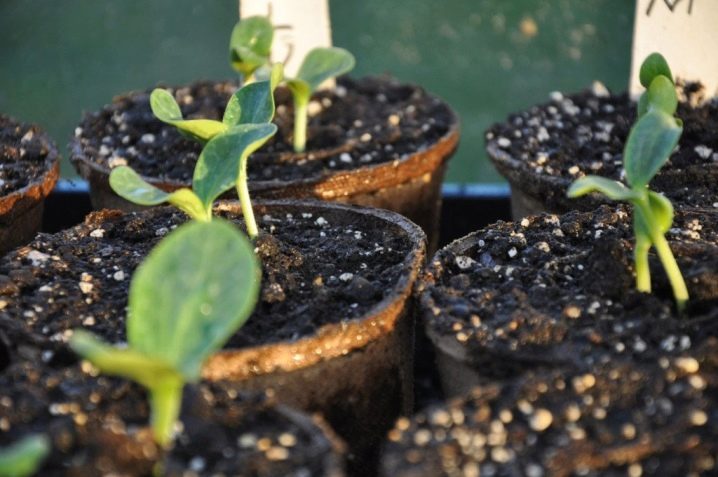
It is worth replanting seedlings in open ground after it grows and gets stronger. At this time, each plant should already have 2-3 full-fledged leaves. It is worth transplanting seedlings in the evening. The distance between the individual seedlings should be the same as between the seeds planted in the holes.
After transplanting the beds, you need to water them well with warm water. If necessary, young seedlings should be shaded.
Since adult pumpkin bushes take up quite a lot of space, gardeners try to think over in advance a scheme for planting these plants. There are several main ways to grow vegetables.

In spread
This is the most popular pumpkin planting method. The beds are prepared in advance. Before planting vegetables, small holes are dug on the site. The distance between them depends on the varietal characteristics of the plants. In the future, the stems of such pumpkins are woven along the ground, and the gardener only needs to make sure that they do not intertwine with each other.
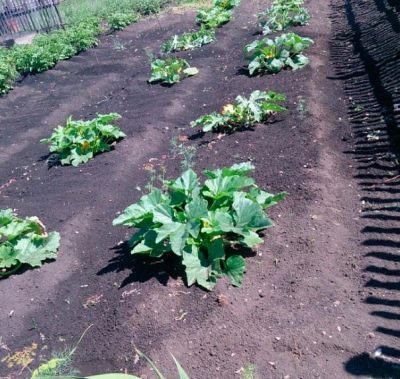
On the trellises
The main difference between this method and the previous one is that the gardener needs to make a support for the pumpkin in advance. It can be made both from metal posts and from wooden ones. The average height of such a structure is two meters.
The support must be strong enough to support the weight of the whips and fruits. It is best to install it before planting the pumpkin in the open ground. In this way, the fragile roots of the plants will not be damaged. As the pumpkins grow, the gardener will need to guide their stems so that they trudge in the right direction. This is pretty easy to do. The main thing is not to miss the right moment.
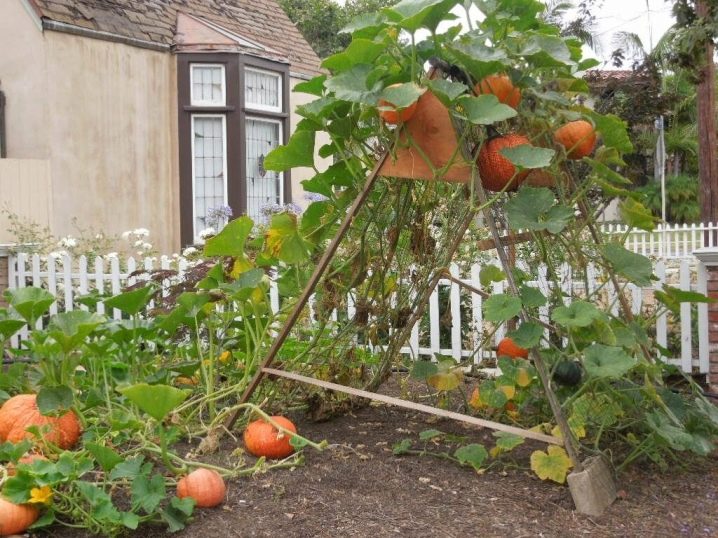
In barrels
This method is ideal for growing pumpkins in small areas. One or more plants are usually placed in one barrel. It all depends on the size of the container, as well as on the varietal characteristics of the selected culture. Containers made of any materials are suitable for planting pumpkins. In order for the soil inside the barrel to warm up well, it is recommended to paint it dark.

If this method of planting is used, they will not need any additional support. The pumpkin stalks will just hang out of the barrel. You need to cook containers in the fall.
They must be installed in a suitable place and then filled with plant and food waste. Further, the contents must be poured with warm water and left in this form until spring.
In the spring, it is worth adding nutrient soil to the barrel. This should be done immediately before sowing seeds.
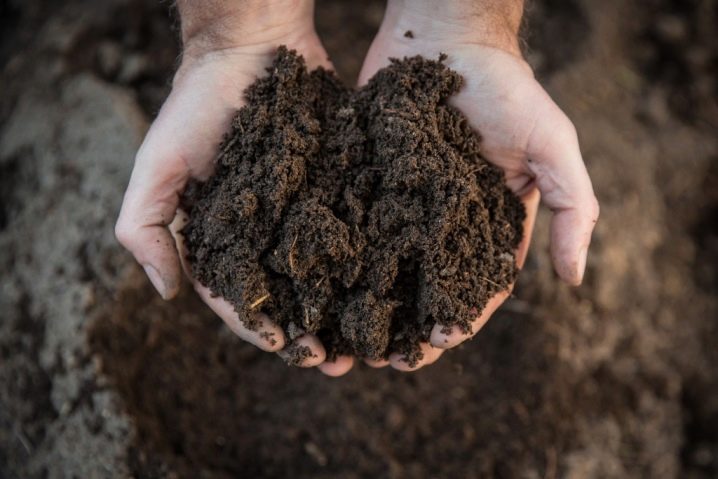
In bags
This pumpkin growing method has a lot in common with the previous one. But instead of barrels in this case, dense bags are used. In the spring, they are filled with nutritious soil mixed with manure or rotted compost. Next, the bags are placed next to the fence. One or two seeds are usually placed in each bag.
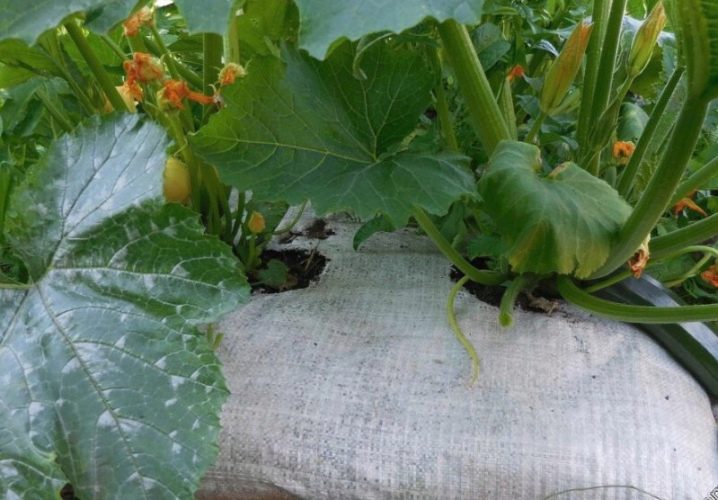
On the compost heap
Growing vegetables on a compost heap is very beneficial. Plants ripen much faster under these conditions. In addition, there is no need to huddle or mulch them. Compost also benefits from this. The wide foliage of the pumpkin will protect it from the scorching sun rays. In such conditions, the compost matures better and does not dry out.
To make it easier to grow pumpkin in this way, the compost heap must be carefully fenced off with boards. A small amount of loose soil is poured on top of the plant residues. After that, the seeds are placed there.
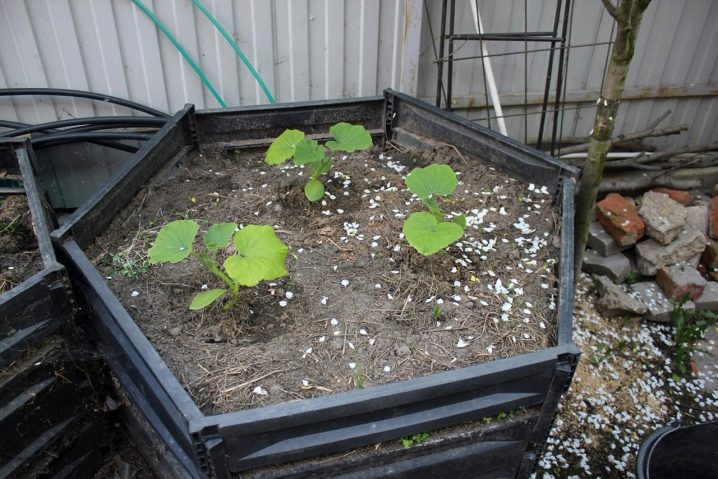
For cultivation in this way, it is best to use varieties with short lashes. Plants planted in this way need regular watering.
In the trench
This method of growing pumpkin is suitable even for the northern regions of the country. Trenches need to be dug in the fall. The depth of each of them should be within 60 centimeters. The dug trenches should be filled with compost. They must be left in this form until spring. With the onset of warmth, loose soil should be added to the furrow. Next, the seeds are sown. After that, the trenches are covered with a thick black film.
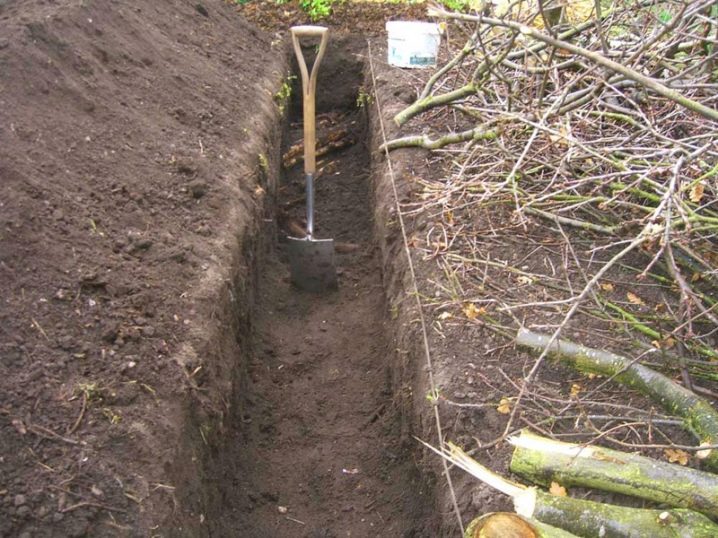
In such conditions, seeds germinate very quickly. After the sprouts appear on the site, the film above them must be carefully cut with a sharp knife. When growing plants in this way, the soil next to them does not have to be loosened. In addition, the gardener saves time on watering and pest control.
In general, planting a pumpkin outdoors is fairly easy. Therefore, even a novice gardener can easily cope with such a task.
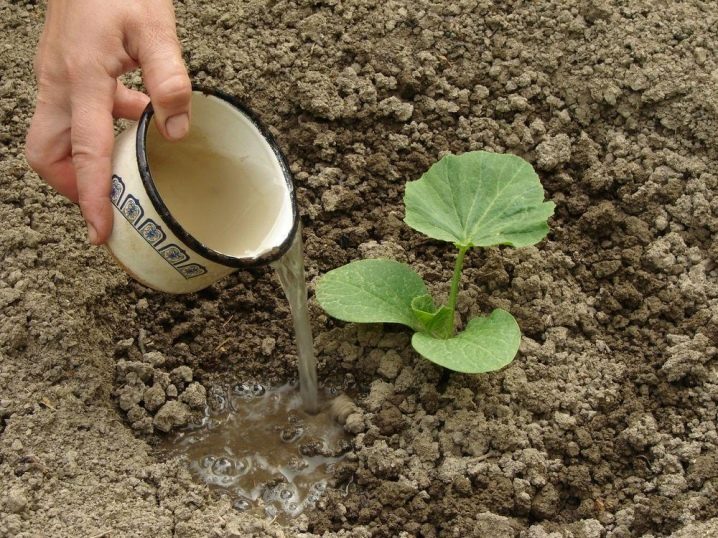








The comment was sent successfully.